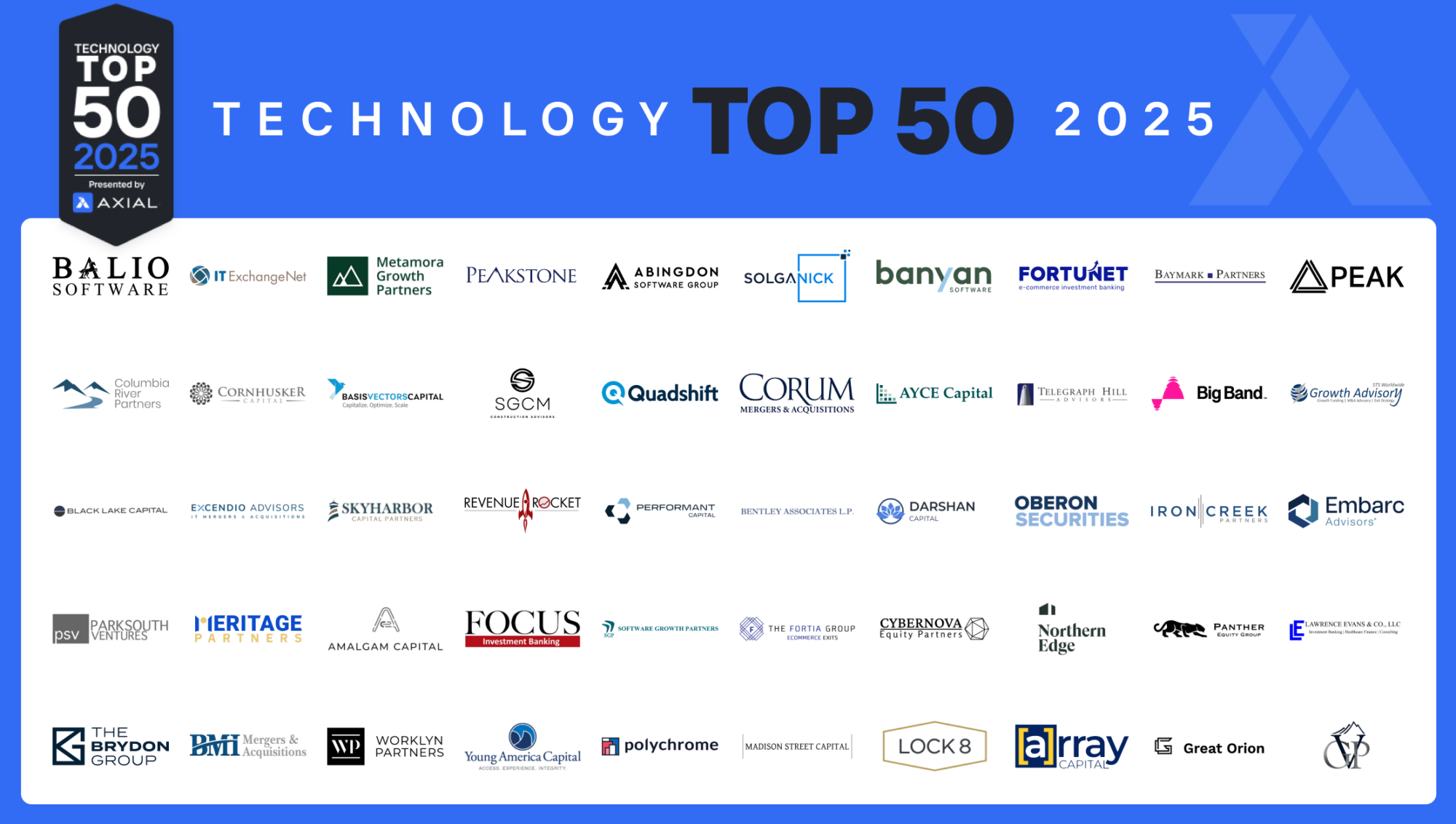
The Top 50 Lower Middle Market Technology Investors & M&A Advisors [2025]
Technology remains a steady presence in the lower middle market, representing ~13% of deals brought to market via Axial over…
There is often the misconception that the single family office community is an extremely small one. The truth, however, is that the single family office segment is huge and very important to the investor community, the financial system, and the global economy.
Below are 4 truths that you need to know about the single family office industry:
Beyond the anecdotal evidence of single family office industry growth that we’ve accumulated by running the Family Office Club, there are many informed sources that suggest a sizable industry that includes thousands of single family offices.
There are a number of issues in defining a single family office when estimating the industry size and one 2013 Forbes piece, How Many Family Offices Are There?, looked at the range, often between 1,000 to 15,000, and concluded that it is surely more than 1,000 but it was not possible to know if there are 15,000. The author concluded, “All that’s fairly evident based totally on anecdotal information is that the number of single-family offices is increasing along with the wealth they control.”
I tend to agree, the industry is growing and it seems to exceed the very low estimates, especially when you consider the unreceptive environment that wealthy families face overseas and even here in the States. CapGemini estimated, in a 2012 report titled The Global State of Family Offices, that there are about 3,000 single family offices “with assets under management between $1 trillion and $1.2 trillion” in the U.S. alone. In that same report, CapGemini pointed to a number of factors that would likely drive family office growth going forward such as conversions by alternative investment funds to single family offices (as George Soros notably transitioned in 2011), general industry growth, and family offices repositioning after the financial crisis.
When I first began working with single family offices, I was amazed at the vastness and complexity of even the smaller single family offices. Dozens of professionals were employed by just one family office, performing various functions from screening investment opportunities to managing the charitable giving program.
At the larger single family offices, the firm resembles a medium-sized private company which sets about the work of maintaining and growing the family’s wealth, while providing all the necessary services the lone client desires. Often these firms manage substantial assets, given that it can be expensive to form and operate a single family office if the assets under management is low. An article in Barron’s Penta Daily, Family Office Boom Coming, estimated the mean size of the single family office to be $500 million from 2003-2013. I don’t think many professionals, even those who work with multi-billion dollar investment firms or large-cap companies, would sniff at that number.
For example, few outside of the private equity and family office world are familiar with MSD Capital. But most people are familiar with Michael Dell, whose wealth is managed exclusively by MSD. This is no small firm; MSD has been involved in large deals such as the Silver Lake Partners take-private of Dell Inc. but also has ventured into venture capital, credit investments, and hedge fund investing over the years, as reported by Bloomberg in 2013.
Like many single family offices, MSD Capital does not share its assets under management but, in a nod toward greater transparency, the firm noted on its website, “It has been reported publicly that MSD Capital manages in excess of $12 billion. As a private investment firm, however, we do not disclose any financial information related to the performance of our investments.”
The point is that single family offices like Mr. Dell’s are big enough to have an impact on the market (such as the buyout of Mr. Dell’s own company), and these firms can control billions of dollars in investable capital, which is often allocated to traditional investments, private placement investment funds, private equity deals, directly into operating businesses, or to buy assets like land or real estate buildings.
Single family offices manage the wealth of millionaires, centimillionaires, and billionaires. Considering the fortunes that have been made in recent economic shifts — such as the rise of alternative investment funds like private equity and hedge funds, or the technology boom that made multi-millionaires overnight and even several billionaires — one can understand how the single family office industry has matured and grown.
I was speaking to an executive at a single family office within a multi-billion dollar family-owned commodity business and he suggested that our next office should be launched in Texas, given how much wealth has been created in that region from the boom in domestic oil and gas production.
Single family office growth has often reflected regional economic shifts, such as positive growth in Silicon Valley and in oil-rich areas. Likewise, family offices have fled less hospitable wealth areas like the U.K. recently, in favor of more receptive cities and countries such as Monaco, Singapore, and Guernsey.
Furthermore, government policy shifts have led to more single family offices altering their structure to avoid over-regulation and compliance costs. For example, Handler Thayer, a law firm whose partner Thomas Handler recently spoke at our Family Office Super Summit, noted in a report on how the Dodd-Frank Act impacted family offices, “Overall, the reaction of most single family offices (“SFOs”) has been to undertake all possible herculean steps in order to avoid registration. This often extreme reluctance to register as an RIA stems primarily from the perception of increased costs and unwelcome administrative work, loss of privacy and confidentiality, and unwelcome government intervention into private lives” [6]. It is important not only to single family offices, but also to those who aspire to work with single family offices that they understand the complexities and intricacies of this investor type.